A competitive and appealing concept, a viable business plan, unique designs, and a solid marketing strategy are a few of the things you need to develop when starting a clothing line. You can start a small-scale clothing line for as little as $500, although costs can vary widely.
Key Takeaways:
- Use your fashion and design skills to create a concept that fills an unmet need in the market.
- Develop a business plan complete with a product line concept, market analysis, financial projections, funding requirements.
- Then, source materials, choose manufacturers, and perfect your products.
- Establish your sales channels, fulfillment logistics, marketing plan, and start selling.
Use our guide below to learn how to start a clothing line in detail.
Step 1: Hone Your Fashion & Design Skills
The first step to starting your own clothing line is to develop your fashion and design skills. You don’t need a fashion degree to start your clothing line (though, of course, it wouldn’t hurt).
First, recognize your learning style. Not everyone learns the same way, so you’ll want to embark upon education that suits your preferred formats. Perhaps this takes the form of mentorship, classes, video tutorials, etc.—whatever works best for you. Many designers simply learn by doing and identify skill gaps along the way. The key is to never stop learning.
You can develop your fashion skills through the following ways:
- Take courses, online or in person—there are online fashion courses you can enroll in
- Use design templates and patterns
- Practice by making your own clothes—you’ll improve over time and build more confidence to do it for others
That said, if you are interested in having clothing design be your lifelong career, formal education has its merits. You can learn the latest industry standards, access resources and equipment, make contacts, grow your network, and get feedback from pros.
Step 2: Find a Niche & Develop Your Concept
There are nearly 180,000 clothing boutiques in the US so carving out a niche will differentiate your business from the competition. Having a niche lets you create more targeted designs and marketing strategies.
Choosing a niche market means identifying a specific group of consumers with shared characteristics. The more specific the group, the more personalized you can get with designs, marketing, and promotions. For example, you could niche down from simply being a swimsuit brand to being a swimsuit brand made of sustainable materials for surfers—like Seea.
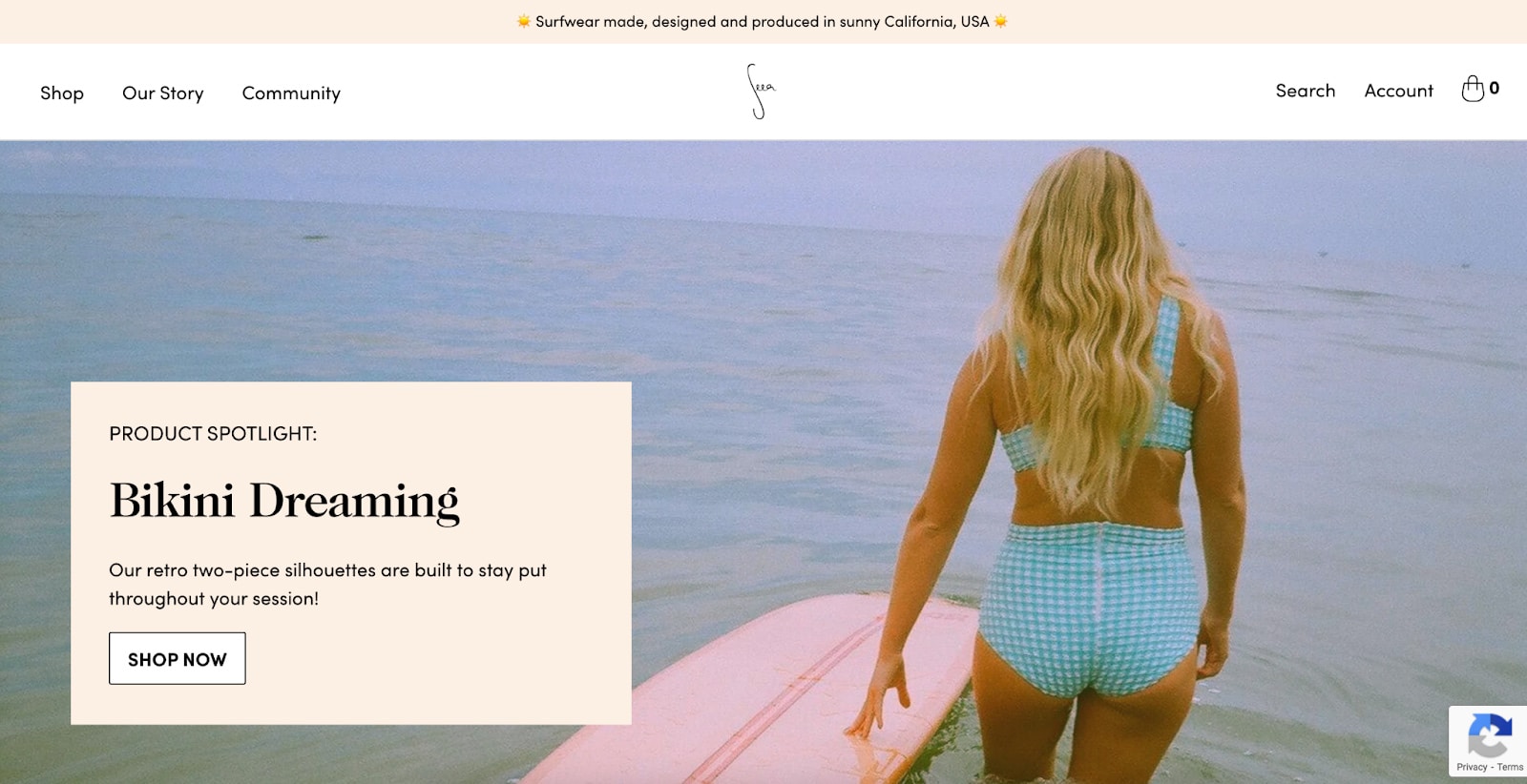
TIP: To niche down, keep your target audience in mind. It is normal to want to start a clothing brand without a clear idea of what to offer at first. Start by identifying the market you’d want to help—a demographic you know and care about or a group of people you think have an unmet need you can serve—and think about what they need from their clothing
Step 3: Create a Business Plan to Determine Viability
After you have determined your niche, it’s time to create a business plan. Writing a business plan is a critical step to starting a clothing business. It defines the blueprint for your business—how you’ll launch, how you’ll operate, and how you’ll grow. In short, it defines the “why” and “how” of your clothing line. Your business plan is key to raising money (acquiring funding) or attracting key employees or business partners.
There are a few types of business plans, some more comprehensive than others. Regardless of which type you create, it’s also good to have a truncated one-page business plan to avoid overwhelm.
Check out our free retail and online store business plans to start a clothing business.
Your business plan should include:
- Executive summary: Briefly explain your company’s purpose, mission, and why it will be successful.
- Company description: Get more detailed and specific about your clothing company, including what problem you’re solving, how you will solve it, which consumers you plan to target, and your fashion and design talent.
- Market analysis: Summarize the fashion industry’s outlook and trends, what successful competitors are doing, and what your strengths and differentiators will be.
- Organization and management: Indicate who’s in charge of the designs, running your business, and taking care of day-to-day operations. Highlight any relevant experience or qualifications.
- Product line: Outline what kinds of clothing you will sell, product pricing, who you plan to sell to, and how you’re going to make the clothing.
- Marketing and sales: Provide an overview of how you plan to make your sales (through an online store or physical location, for example), market your products, and spread the word about your clothing line.
- Funding requests: If you need more capital, specify how much and how you’ll allocate the funds.
- Financial projections: Forecast your business’s bottom line and profitability. Most business plans have a projected financial timeline of at least five years.
- Appendix: Add any supplemental information or documents including design prototypes, any product photos, credit history, business licenses, permits, patents, etc.
You can use business plan software to help you through the process—many have templates specific for fashion brands or clothing lines. Alternatively, you can download our business plan template or consider outsourcing the whole thing to business plan writing services.
Part of this step is determining the business model you are going to use for your clothing brand. Here are your main options:
- Design your own and have them produced through a manufacturer: You design the clothing and outsource the creation. This option allows for the most control over the product but also takes comparatively long. Natty Belle takes this route because it allows the brand to have complete control over the quality and characteristics of the fabrics, an important differentiator for the clothing line.
“Some of the most luxurious and unique fabrics are constructed by hand, and very few have as many touch points as Malian mud cloth. The fabric is infused with minerals and elements of the land. From the cultivation and spooling of cotton, to the weaving, to the dying process—the meaningful and intentional hand application of every motif. This was the perfect textile to bring the coat to fruition that I had envisioned,” says Natalie.
- Buy products from a wholesaler: You can purchase clothing from wholesalers and develop a brand around those curated items. Wholesalers sell clothing in bulk at discounted prices to retailers who then resell the clothes for a profit—some will even offer private labeling so everything is tagged with your branding.
Working with wholesalers is the quickest route for sourcing but also allows for the least control over the clothing. Motif Concept Store is an excellent example of a clothing line that uses this business model.
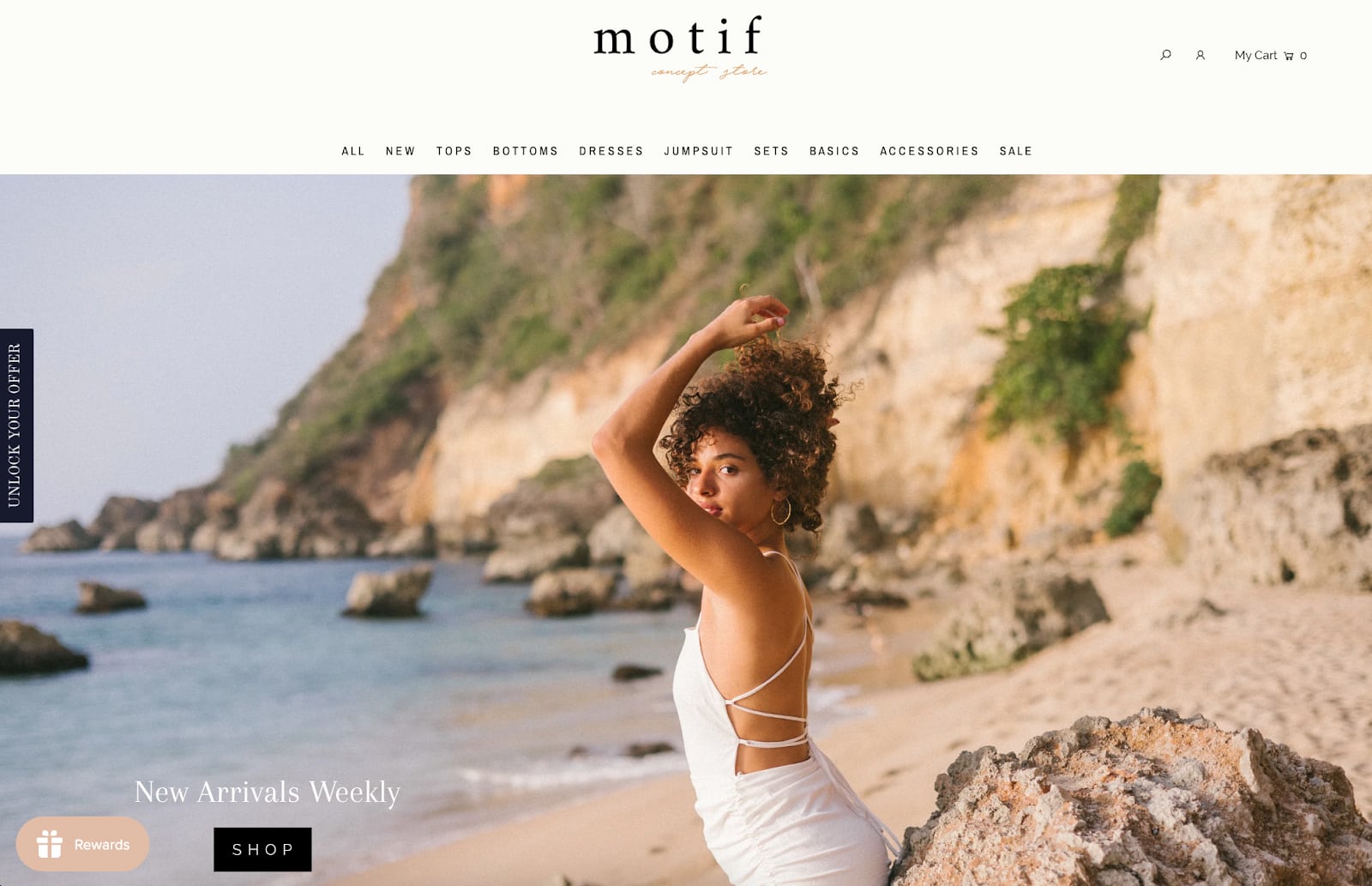
- Work with a dropshipper: This is when you sell products directly to customers and then outsource the manufacturing and fulfillment for each order. Dropshipping is the most hands-off option but also yields the lowest profit margins. This is an ideal option if you’re doing print-on-demand clothing.
- Do your production in-house: For small-scale clothing lines, doing everything in-house is a practical option. For example, if you are designing and selling T-shirts, you can do screen printing yourself and buy shirts in bulk from a wholesale supplier. You control product quality and have bigger profit margins but this setup will surely eat away at your time.
Step 4: Create Your Brand & Secure Brand Assets
One of the most crucial—and most fun—steps to starting a clothing line is brand development. You have the skills, niched down, and created a business plan. Now, you develop your brand identity.
Many of today’s consumers don’t want to simply buy clothes; they want to buy clothes from a brand they relate to. Branding attracts new customers and builds strong relationships with existing ones. Elements of your clothing line’s brand include:
- Visual branding: Choose fonts, colors, logo design, storefront and in-store signage, tags for apparel, packing slips, etc.
- Store name: Use this free business name generator to help come up with ideas.
- Mission and vision statements: Define how you plan to serve your community and customers.
- Brand positioning: Identify what sets you apart from competitors in your niche and makes potential customers want to buy from you.
Once you create your brand identity, consider trademarking your business name and brand assets. Applying for one gives you a solid legal claim to your business name and all its other public-facing elements (logo, tagline, brand color scheme, and more).
Next, secure your brand assets online—register a domain name and secure your social channels. Incorporate your brand identity into your digital platforms and sales channels as part of establishing brand presence. Even if you don’t plan on starting an online store yet, it is a good decision to develop an online presence as you will still need to market your brand online when you start selling.
Keep your brand identity consistent through social media, Amazon, pop-up shops, and wherever else you sell. Consistent branding across all channels can increase revenue up to 20%.
Step 5: Register Your Business
Registering your business can cost $40 to upward of $1,000, depending on your location. Each jurisdiction has its own requirements and associated fees for business registration. You can usually find information online. To register your business, you’ll need a business name, address, point of contact, and employer identification number (EIN).
When registering your business, you’ll also need to determine if you’re a limited liability company (LLC), S-corp, or C-corp. Each has its own advantages and drawbacks depending on your situation. This also qualifies your business for things such as bank accounts, loans, and other ways to separate personal and business finances.
Step 6: Design & Develop Your Clothing Line
Once you have made your business official, it’s time to get into the main step of learning how to start a clothing line—designing your clothing line. We interviewed designers and asked them how they developed their clothing line.
TIP: Once you have finished your initial clothing designs, consider applying for a patent for them.
If you’re making the clothes yourself, you could be your own first client. That’s how slow fashion brand Natty Belle got started—owner and designer Natalie Bell identified a gap in the market and created a coat she couldn’t find available for purchase anywhere. She was actually just starting a career as a therapist at the time.
“I was looking for a coat that would evoke my connection to my lineage, my style, and my profession. There was no coat on the market that could do this, so I went to work sourcing the material first,” says Natalie.
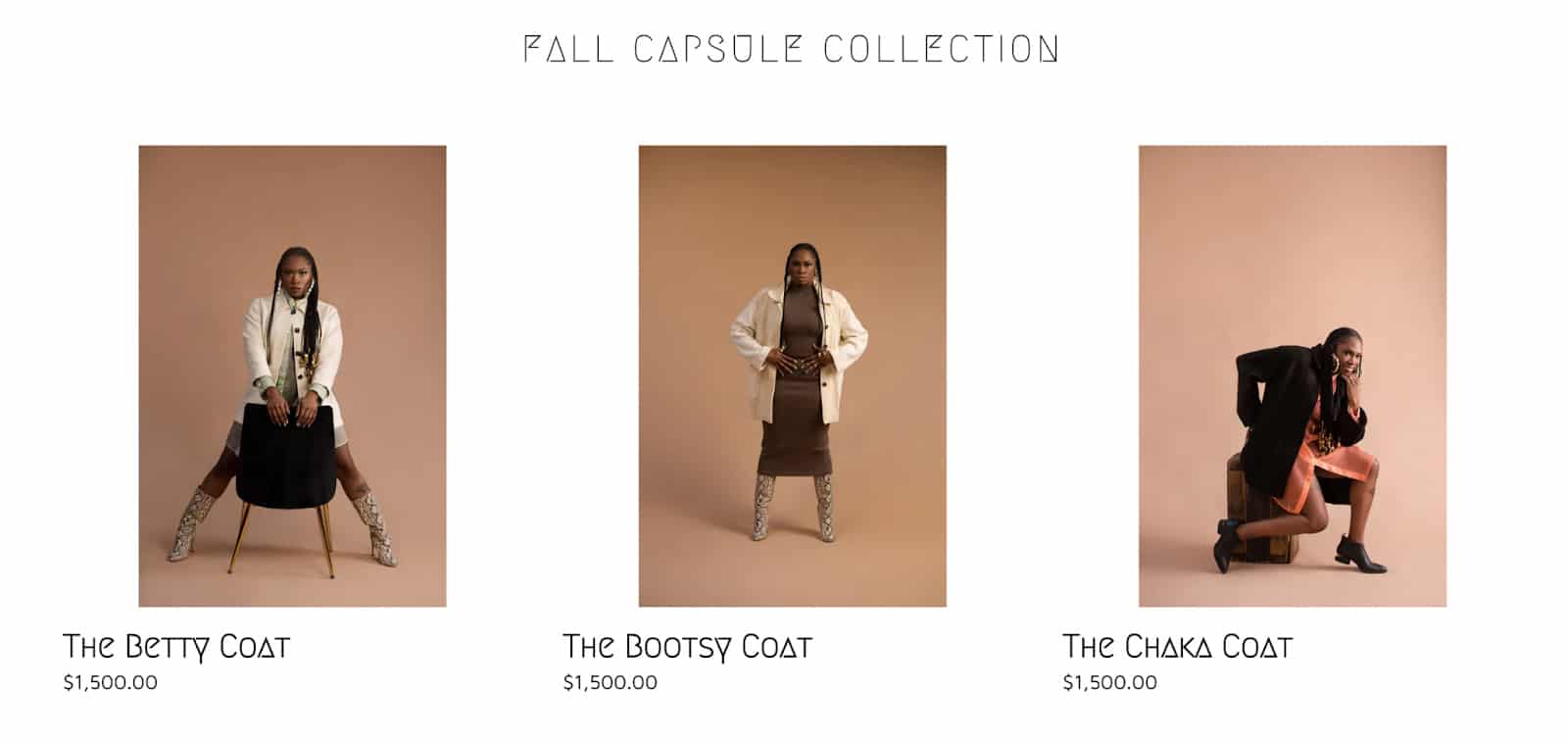
“Once I had the textile, I knew I wanted to design a relaxed yet highly styled and functional coat. I chose a traditional car coat as the base design, adding deep workman’s pockets for functionality. I then enlisted a master tailor who was experienced in working with the delicate yet dense handwoven fabric. The end result was my first sample, to which I personally added the label and did all the finishings,” says Natalie.
For Stephanie Fuentes, the founder of sustainable fashion line Kūla, the process of designing her first sample is very different from how she designs today. “The first samples I designed were done in the conventional way of having a specific inspiration, making designs based off that, creating patterns, doing the fitting, and then finding the fabrics. Due to the sustainable nature of my brand, I now prefer to have the fabrics beforehand and create from there, finding inspiration in the moment. For me, this makes everything more real and meaningful.”
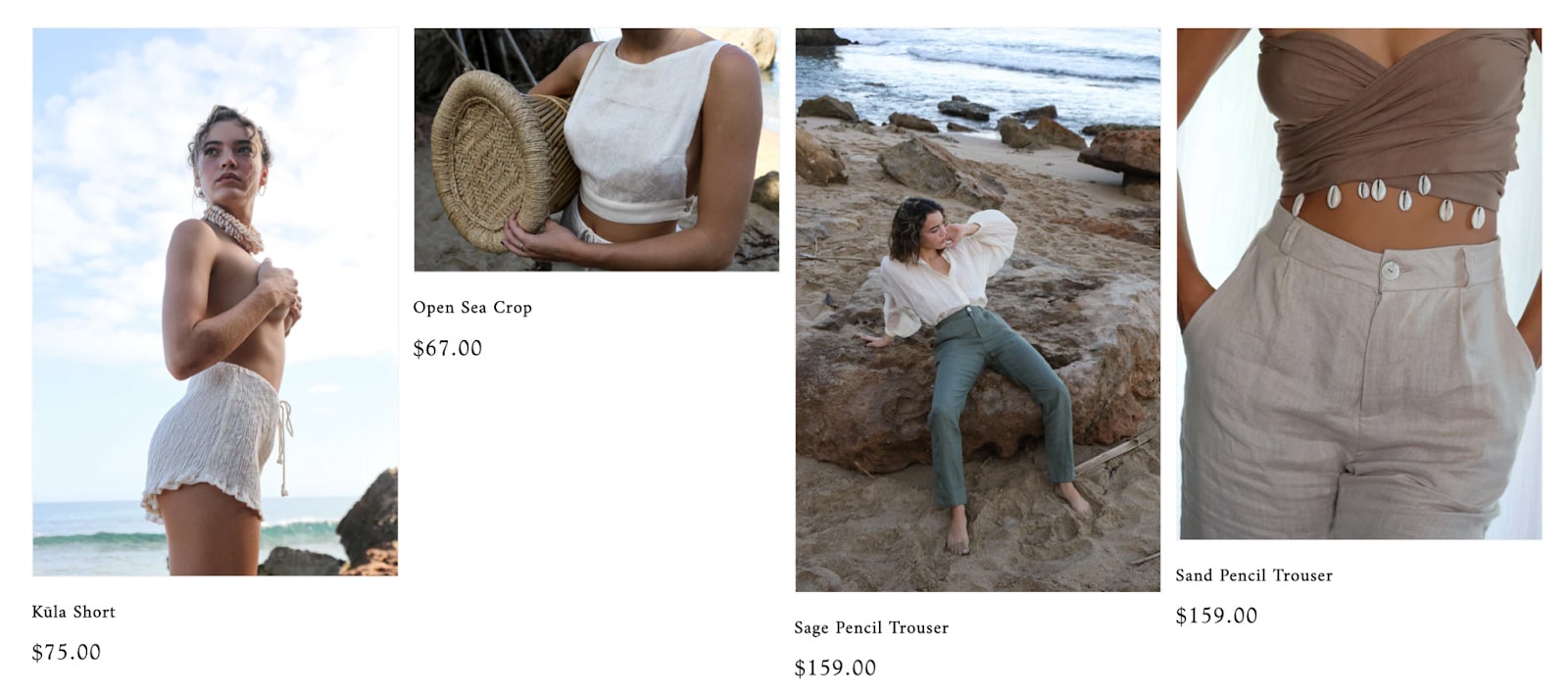
TIP: Once you have developed your designs, try to secure prototypes for your initial designs. This will help narrow down your choices when it comes to the next step.
Step 7: Secure Fabric Sources & Choose Manufacturers
For many business owners, this step can be the most grueling part, especially those that haven’t worked in the fashion industry before. A big challenge to any designer starting a clothing line will be reconciling the cost and quality of materials.
Quality and cost would boil down to your budget and values—your mission for your clothing brand and goals for the business. You might find it’s worth going over your target price point a bit to ensure your clothing line is made of long-lasting and quality materials.
Let’s take Natty Belle and Kūla as examples—both of which source fabric from specific sources overseas. Kūla uses all organic, fair trade fabrics from India, while Natty Belle resources materials from Africa.
TIP: When you start a clothing business, agents can help source fabrics for you. It is also wise to start building your own personal network of fabric agents, wholesalers, and mills. Start meeting others in the industry at local incubators, designer communities, meetup groups, relevant online groups, and live fashion networking events.
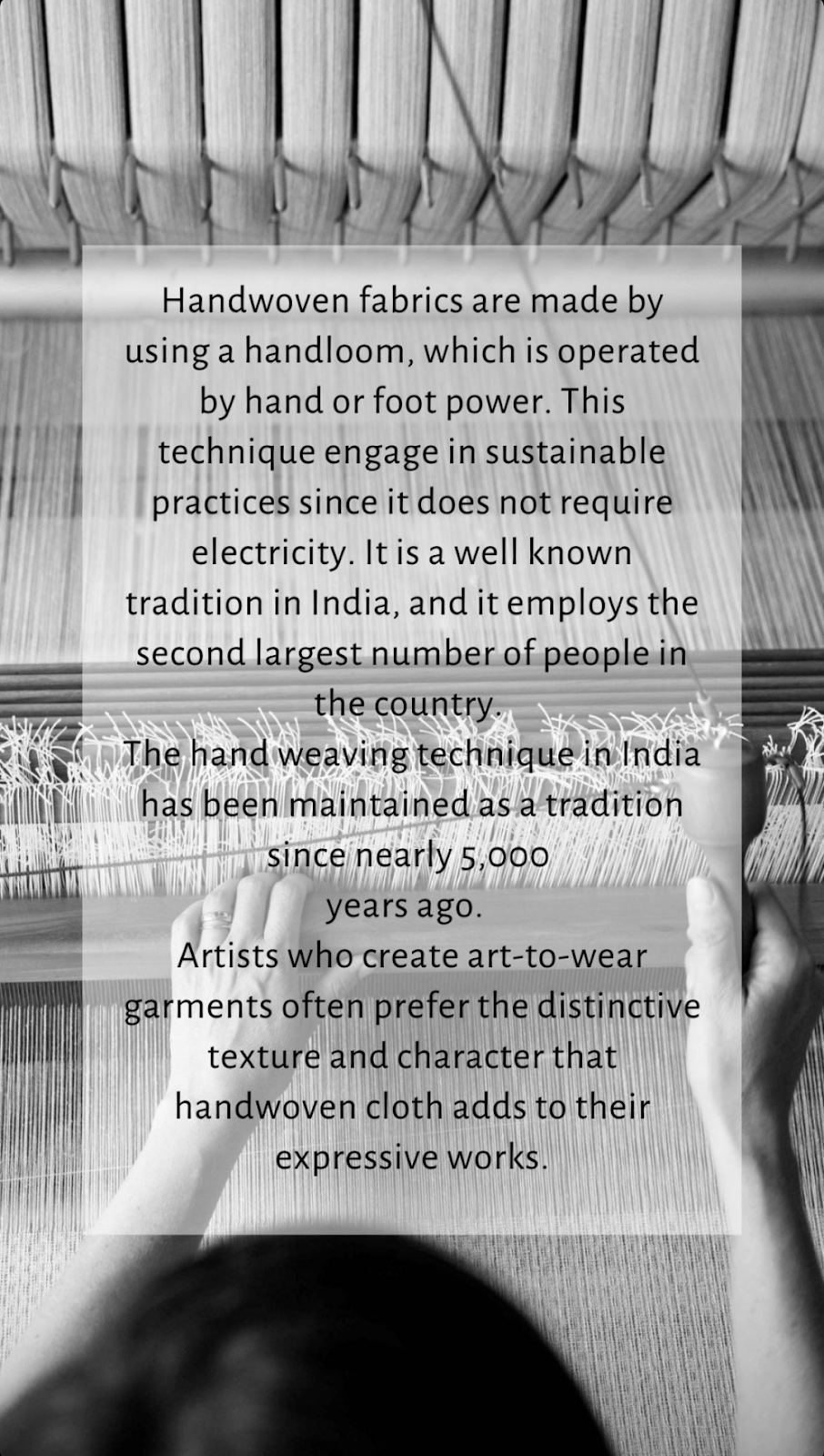
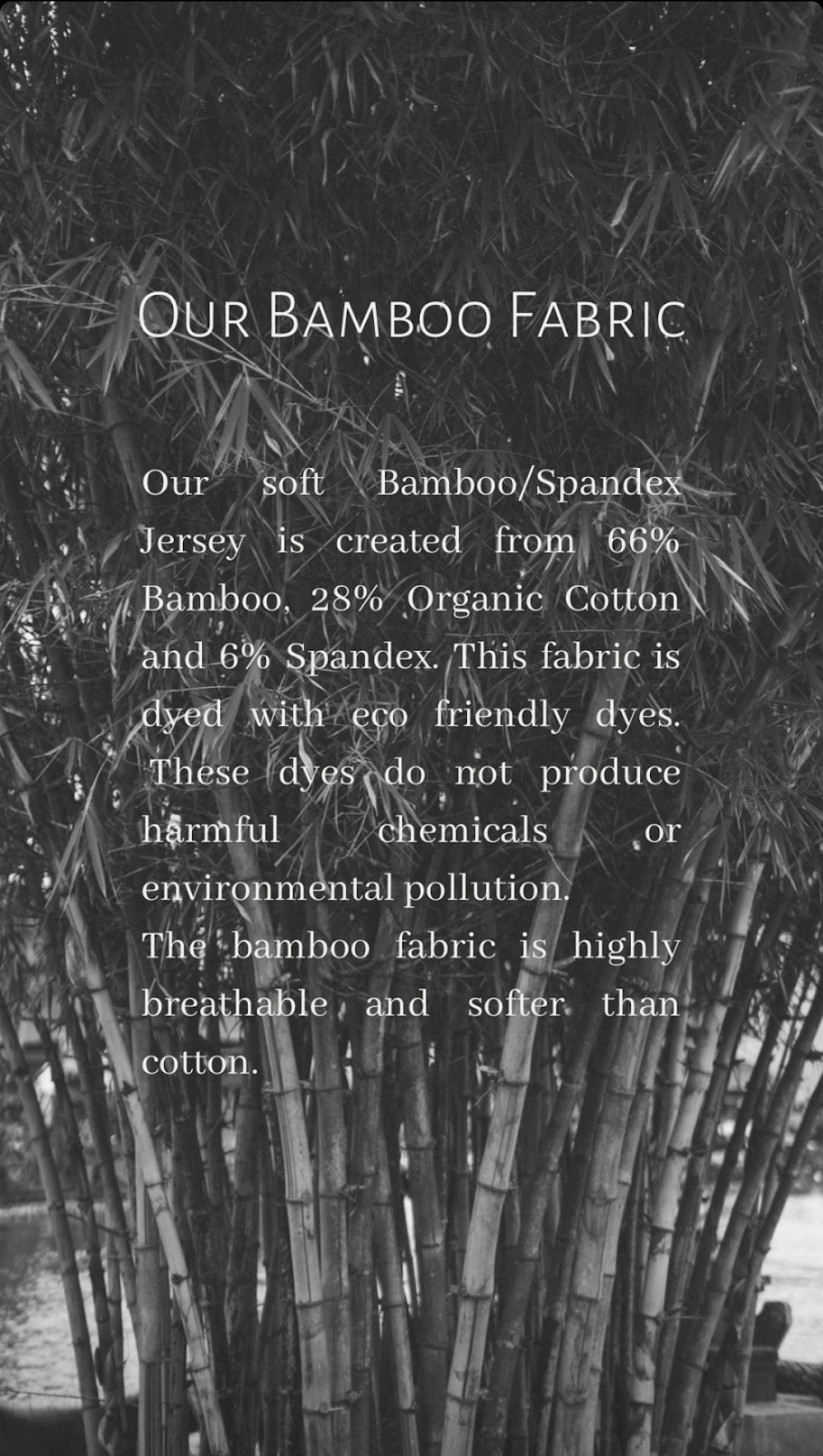
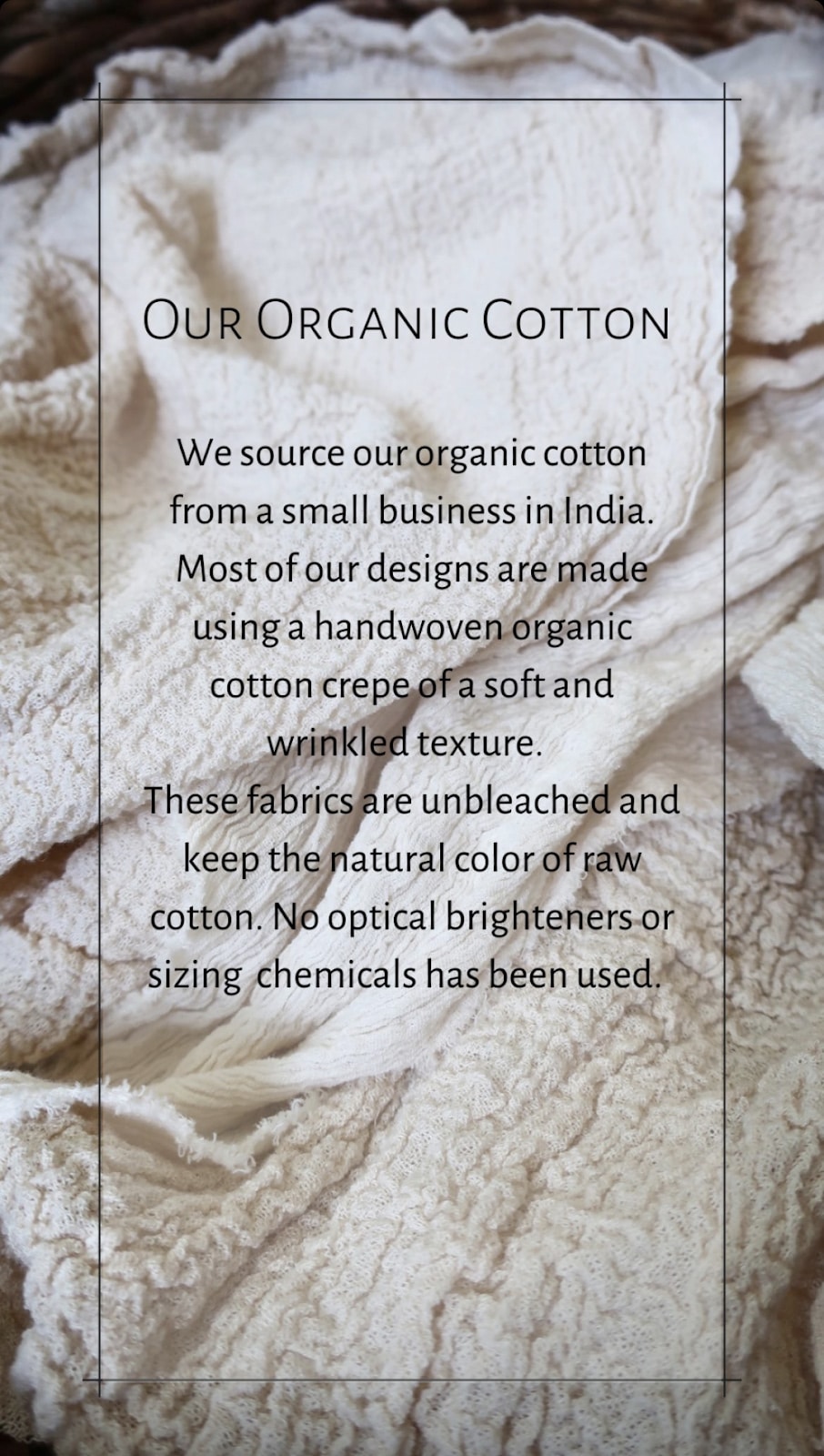
Once you have sourced your fabric, the next decision is choosing who to partner with to bring your designs to life. Note, though, that fabric sourcing and product manufacturing can be accomplished with the same supplier.
When choosing your supplier(s), research a few options and order samples from around two to five suppliers. Undergo quality assurance testing to make sure the clothes are up to your standards. From there, nurture your vendor relationships with effective communication and efficient payment—eventually, you can negotiate discounts and other perks, especially for high-volume orders.
Need Funding? If you need capital to launch your clothing line, you don’t have to dig into your own pockets. There are external sources of funding that can help you get off the ground, such as startup business loans. You can also explore alternative funding sources.
Step 8: Set Pricing & Inventory Strategies
Once you’ve decided on your product sources and production, you will have a sense of costing so you can establish pricing for your products.
Consider fixed and variable costs to produce, market, and ship your products, plus any overhead costs for running the business. Don’t forget to do market research to see what consumers are willing to pray for a product like yours. This way, you can establish a pricing strategy that sets you up for success.
Don’t take too long on this step and agonize over every detail. You can always change your prices as you launch your clothing business.
Read more:
Step 9: Iron Out Operations & Logistics
After setting prices on your products, you’ll need to iron out business operations and logistics.
Decide how you will manage your inventory. While clothing doesn’t have the same risk as perishable products, you will be at the mercy of trends—which move rapidly. It is necessary to understand and have a feel for what’s selling and what isn’t, and modify your production and design cycles accordingly.
If you will be fulfilling your own orders, establish an inventory system that keeps clothing protected and organized so that it is easy to find.
Tery D’Ciano, for example, only launches small batches of products at a time. Tery makes every item herself by hand, and she also handles packaging and shipping. Small batches help her keep it manageable as a self-managed fashion brand.
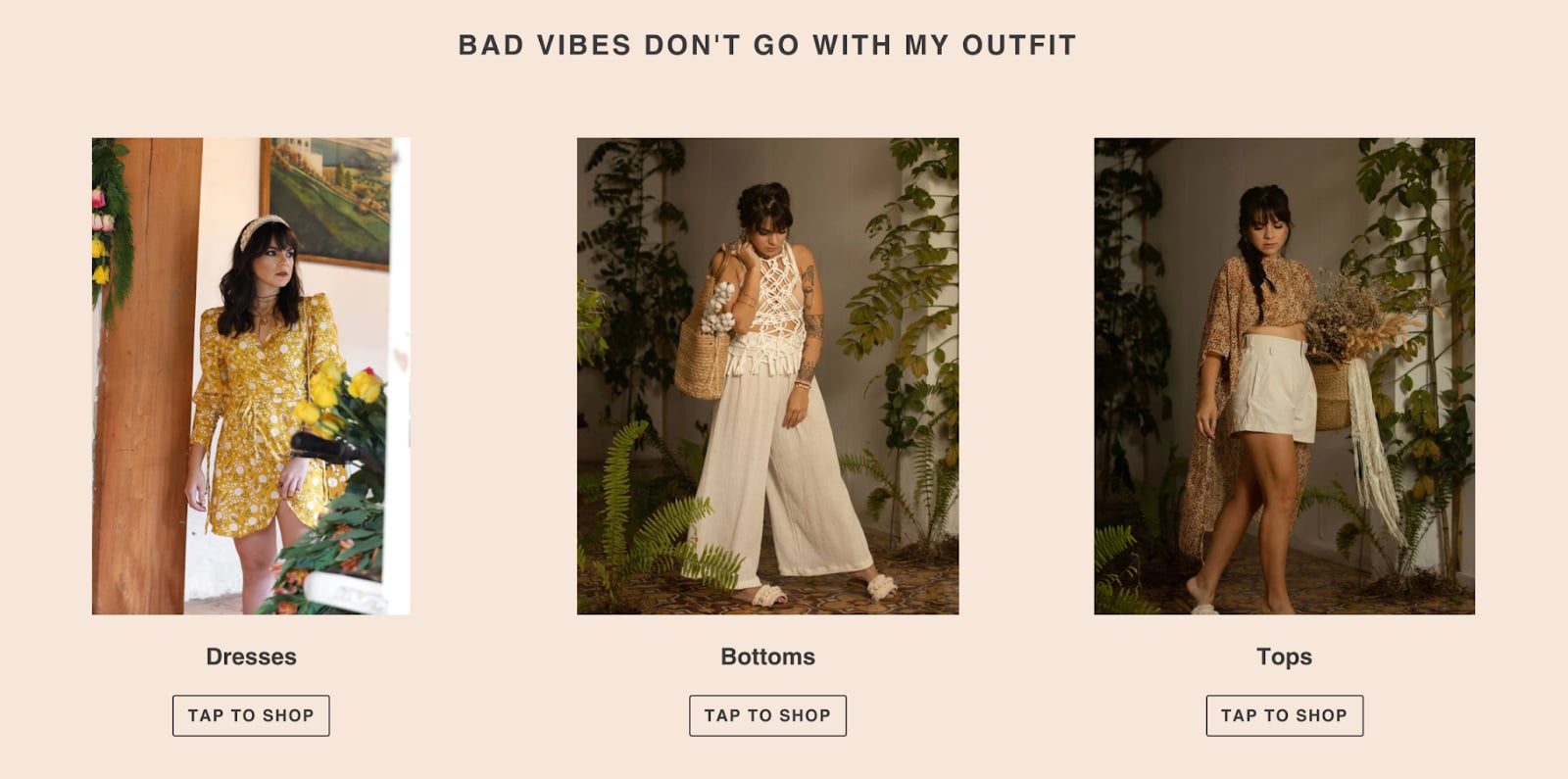
But, if you’re looking to grow beyond small batch collections, you may consider outsourcing to third-party logistics companies. This is especially feasible if you’re not personally making each item by hand and instead work with manufacturers, wholesalers, or dropshippers to bring your line to life.
Learn more about inventory management and fulfillment with our guides below:
- How to Organize Inventory for Small Businesses
- Free Inventory Templates + Instructions
- Retail Inventory Management: Definition & Best Practices
- What Is Order Fulfillment?
- In-house vs Outsourced Fulfillment: Ultimate Guide for SMBs
Step 10: Decide Where to Sell
After all the back-end logistics have been decided, you are ready to start selling. Now, you just need to decide where you’re going to be selling. You would have decided on this already as part of your business plan and research, so now it’s time to put the wheels in motion and execute your decision.
- Online through your own store: As a startup or a small business owner, starting a clothing company online might be a more practical decision. It’s less expensive and would require less investment upfront. It is recommended to have your own online store—choose an ecommerce platform, design your website based on ecommerce design principles, and integrate a payment processor so you can accept payments online.
- Online through social platforms: However, social selling has become mainstream, too. Diversify your sales channels by setting up stores in TikTok, Facebook, and Instagram—these can easily integrate with your online store. You can even sell on Amazon. Selling online also lets you test the waters, so to speak.
- Physical location: If you find success selling online, you can expand and launch a physical storefront or brick-and-mortar. There are many steps involved in launching a physical store, but essentially you need to find and lease retail space, plan your store layout, choose a point-of-sale system, and hire retail staff.
- Pop-ups and kiosks: Before deciding on your store location, though, consider opening up a pop-up shop or installing a kiosk in bigger stores such as malls as a market feasibility test. You can also do consignment on your products with other stores.
Step 11: Market Your Clothing Line
Marketing is a staple in starting a business regardless of industry. You need to promote your clothing brand to your audience and there are several ways to do so.
While marketing strategies are usually tried and tested techniques, you should also keep an eye out on what’s current—retail and ecommerce trends, for example—so you can adapt your promotional strategies accordingly.
To promote your physical storefront, read our recommended in-depth marketing strategies in the following articles:
Whether or not you sell online, online marketing is essential to promoting your business. For example, email marketing is a proven way to nurture customer relationships and boost sales. Social platforms are the main channels for product discovery these days, so have a solid social media marketing strategy.
If you sell online, keep an eye on the latest online shopping trends. You can learn about the latest ways how consumers shop online and strategize accordingly.
Read more: Ecommerce Marketing Strategy Ideas for Retailers
Step 12: Stay on Top of Trends & Forecasting
After launching and marketing your clothing line, don’t forget to monitor your products’ performance. You can easily do this with your POS or ecommerce platform. Retail metrics are good indicators of product performance (and your store in general). Make sure you have this feature on key software you will be using in your store.
Lastly, fashion is always changing, and it’s important to stay on top of the latest trends. Follow key pages on social media in your industry and niche, pay attention to what your audience is posting and wearing, and use tools like Google Trends and Keyword Planner to identify which fashion trends are making headway in search. Check out industry publications and stay in the know with fashion influencers.
You can also check out these resources to learn how to forecast sales and predict demand:
- Demand Forecasting in Retail: Models & Why It Is Important
- The Ultimate Guide to Sales Forecasting (+ Free Templates)
- The Best Sales Forecasting Software
Frequently Asked Questions (FAQs)
Click through the tabs below to learn more about the most frequently asked questions about how to start a clothing line.
The steps to starting a clothing line include developing your fashion and design skills, finding a niche, creating your brand, registering your business, designing your line, securing manufacturers, setting pricing options, deciding on logistics and where to sell, and marketing.
Startup costs greatly depend on business size. In general, a small-scale clothing business can get started for as little as $500, a mid-sized business around $1,000 to $5,000 in upfront investment, and a big retail clothing line will need around $25,000 and more. Manufacturing, distribution, and material costs factor greatly in startup costs.
A clothing business can be a profitable investment if done right—you have done your research, sourced quality suppliers, and marketed well. Profit margins of clothing brands are usually at 40%. The national average earnings for clothing line owners is approximately $51,000 per year according to Quora. This varies depending on location, clothing specifics, and company size.
Bottom Line
After a dip from the pandemic, fashion and apparel sales are expected to more than rebound in the coming years. If you’re looking for a way to flex your creative muscles with a money-making business idea, starting a clothing line is a great option.